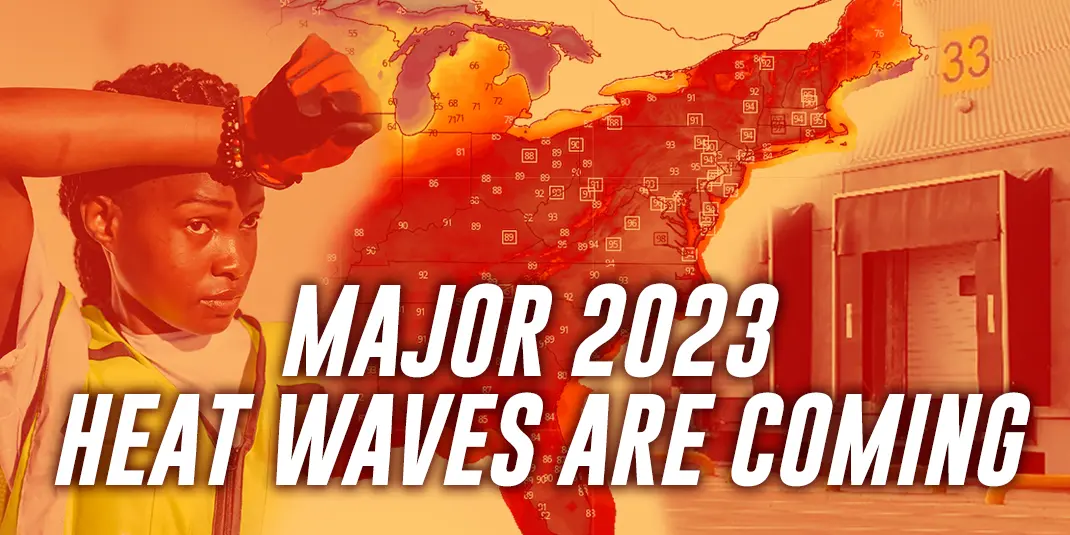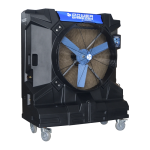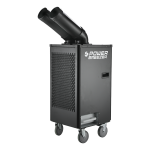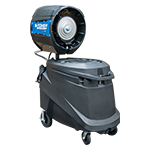Heat is great when it’s on a tropical island where you’re vacationing, with your toes in the water, and you’ve got a beverage in hand. It’s not great when you’re trying to work, while you’re physically laboring with sweat dripping off your brow, your work clothes sticking to your skin, and the incessant inability to get comfortable takes hold of your concentration. In short, if we are hot, we won’t be able to work productively.
The Cost of Impact From Temperature & Productivity Levels
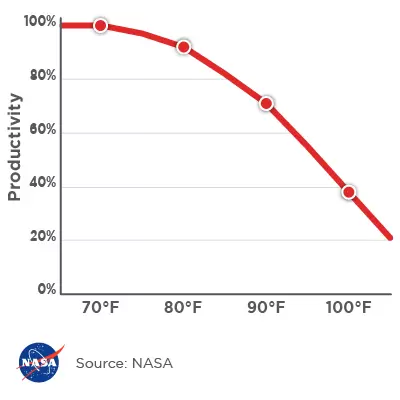
It’s no surprise then, that studies (NASA, Berkeley Labs, and OSHA) have been done to examine the impacted levels of productivity of workers dealing with situations of intense heat while on the job. The findings of such research have concluded that severe heat results in lower economic output, across the world. While heat alone is one specific factor, and various other effects of heat play into the relationship between temperature and productivity, as a whole, heat makes it really hard to stay productive.
In a study conducted by Anant Sudarshan, who is the University of Chicago’s South-Asia Director for their Energy Policy Institute, worker productivity in India was studied in relation to work conditions. Their findings demonstrated that for workers in the garment industry, productivity dropped up to 4 percent per each increased degree
over 27° C/ 80.6°F. Additionally, this study also showed that for each degree of increase in temperature within a 10-day average period, the probability of absenteeism rose as much as 5 percent. What this demonstrates is that the more the heat increases, the more likely employees are to miss work.
What This Means for Businesses
In blunt terms, less productivity from workers equates to a less productive business, which in turn, results in a less productive economy over the long haul.
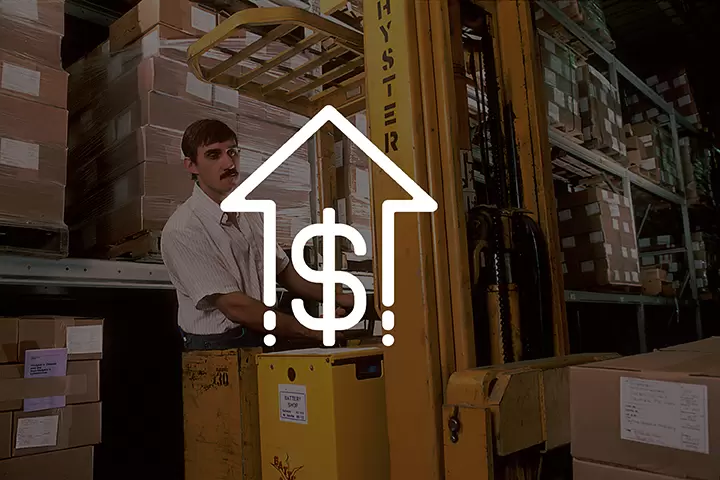
While this study was performed on workers in India, it is indicative of the whole planet. India currently represents the world’s third-largest economy and in this study, Sudarshan’s team examined data from approximately 70,000 manufacturing plants throughout the country. A very notable detail from their research is that output declined by roughly 3 percent for every degree over the average temperature, impacting revenues. In the big picture, this data determined that India’s overall economic output in hotter years saw reduced profitability and greater losses. Additionally, NASA’s research shows
However, on the cooler side of this discussion, data for this study was also collected from manufacturing plants in India that used cooling methods for temperature reduction, on the same days as those without cooling. This allowed them to compare productivity between plants with and without temperature control. The findings here showed greater productivity at the plants with climate control.
What is a Comfortable Work Temperature?
Comfortable temperatures are specific to each person. OSHA does not recognize a single temperature as “ideal” because it varies between individuals. One person may be comfortable with 65°F; another may be comfortable at 80°F. OSHA recommends that work temperatures should be controlled somewhere between 68-78°F. However, when temperatures become excessive – either too hot or too cold – they do have specific requirements to ensure safe conditions are maintained for employees. For this reason, many companies need to be considering measures to ensure their work environments are kept at safe, tolerable temperatures. While some companies may balk, considering the expense of cooling, it should be acknowledged that there are various innovative options that are designed to provide cooling without excessive energy consumption. One such product is the Power Breezer, an evaporative air cooler that generates an industrial-strength steady blast of cool air.
Solutions for Business Across the World
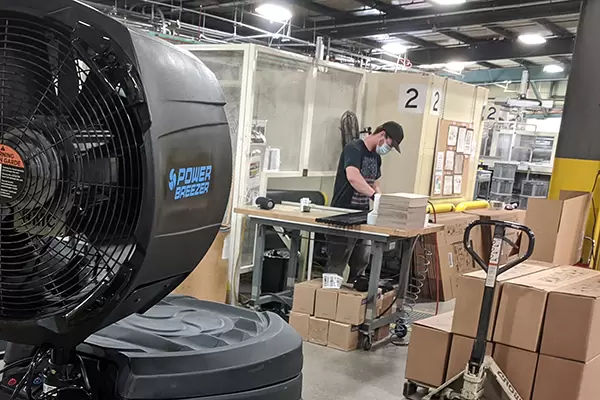
With climate change as a consideration, things are only getting hotter across the world. As such, businesses should be taking note of environmentally conscious means of providing their workers with comfortable climates in the workplace. In India, air conditioning is less likely to be used on a large scale in the near future, because it is very expensive. However, using evaporative air coolers may prove to be a viable solution in work environments across the world, due to their sustainable operation systems, and the minimal amount of energy it takes to run them.
The higher the heat in the workplace, the greater the loss in productivity among workers. If you are aiming to keep your staff productive as temperatures rise, both seasonally and long-term, consider your options for cooling technology.
Our Power Breezer Evaporative Coolers are chosen to cool employees throughout all branches of the U.S. Military, NFL and NCAA sidelines, as well as the Fortune 1000 industrial sites, distribution centers, manufacturing plants, and warehouses. We provide line of sight cooling for your people, not the space.
Want to learn more about how an evaporative air cooler may be able to keep things cool in your work environment? Contact us today to speak to a representative about our range of cooling solutions for your work environment and how we can help you identify the hidden costs of heat. We believe everyone deserves to be cool!
